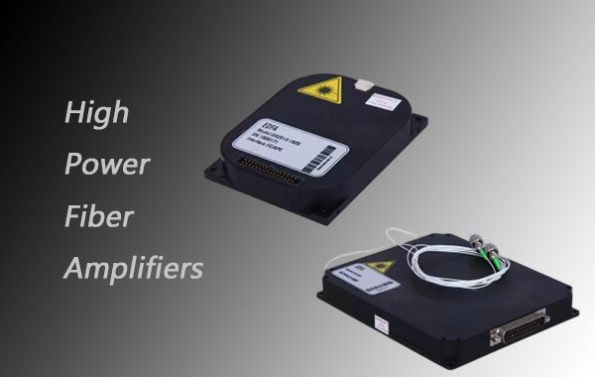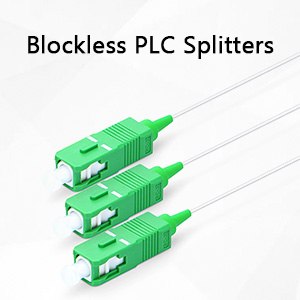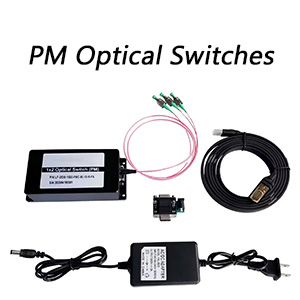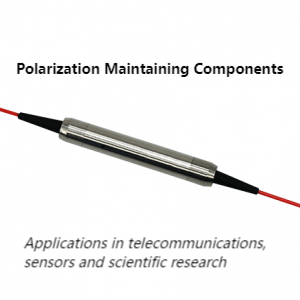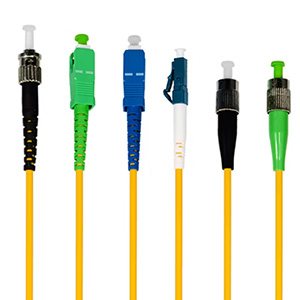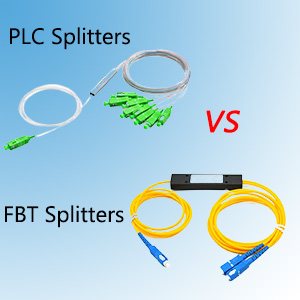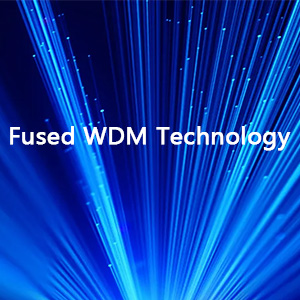High Power Fiber Amplifiers (HPFAs) are critical components in modern optical systems, designed to boost weak optical signals into high-power outputs. Whether you’re building long-distance communication links or powering high-intensity laser applications, HPFAs offer the performance, stability, and efficiency required in today’s data-driven environments. In this guide, we break down how these amplifiers work, where they’re used, and what to consider when choosing one for your system.
What Are High Power Fiber Amplifiers?
High Power Fiber Amplifiers (HPFAs) are advanced optical devices designed to boost the intensity of incoming light signals in fiber optic systems. These amplifiers are critical in scenarios that demand high optical output power, such as long-distance optical transmission, laser pumping, and industrial laser processing.
Unlike traditional amplifiers, HPFAs are engineered to handle elevated power levels while maintaining excellent signal quality and thermal stability.
How Do High Power Fiber Amplifiers Work?
The core of a high power fiber amplifier is typically an erbium-doped fiber (EDF). Here’s a simplified breakdown of how it functions:
- Input Signal Injection: The incoming optical signal is fed into the erbium-doped fiber.
- Pump Light Excitation: A powerful pump laser excites the erbium ions within the fiber.
- Stimulated Emission: The excited ions release energy in the form of additional photons, effectively amplifying the original signal.
This process is highly efficient and allows for significant signal gain without needing optical-to-electrical conversion.
Key Components of HPFAs
- Erbium-Doped Fiber (EDF): The primary gain medium for 1550 nm wavelength.
- Pump Laser Diodes: Provide the energy required to excite erbium ions.
- WDM Couplers: Combine pump and signal light paths.
- Isolators & Filters: Ensure unidirectional signal flow and reduce noise.
- Control & Power Circuits: Manage thermal stability, monitor performance, and regulate output power.
Applications of High Power Fiber Amplifiers
HPFAs are utilized in a wide array of advanced photonic applications, including:
- Long-Haul Optical Communication
Boosts signal strength across hundreds of kilometers without electronic regeneration. - Laser Material Processing
Powers industrial-grade fiber lasers for cutting, engraving, and welding. - Sensor Interrogation Systems
Provides high SNR (Signal-to-Noise Ratio) for fiber optic sensing networks. - Free-Space Optical Communication
Ensures strong beam transmission over atmospheric channels.
Advantages of Using HPFAs
- High Output Power: Enables optical systems to extend range and performance.
- All-Fiber Architecture: Compact, alignment-free design with low insertion loss.
- Low Noise Figure: Maintains signal integrity even at high gain.
- Scalability: Supports power scaling via pump multiplexing.
Choosing the Right High Power Fiber Amplifier
When selecting an HPFA, consider the following:
- Wavelength Compatibility (e.g., 1550 nm for EDFAs)
- Required Output Power (typically from +20 dBm to +30 dBm or more)
- Input Signal Level
- Pump Configuration (single or multi-stage)
- Cooling Needs (air-cooled vs. TEC systems)
For example, if you’re integrating the amplifier into a DWDM system, you’ll want an HPFA that offers gain flattening and low cross-talk across multiple channels.
Common Challenges and How to Overcome Them
- Thermal Management: High output amplifiers generate substantial heat. Look for models with active cooling and built-in temperature sensors.
- Back Reflections: Can damage pump lasers. Use isolators and angle-polished connectors (APC) to minimize this.
- Nonlinear Effects: At very high powers, nonlinearities like four-wave mixing (FWM) or stimulated Raman scattering (SRS) may occur. Proper design and fiber selection mitigate these effects.
Final Thoughts
HPFAs play a crucial role in today’s high-performance optical networks and photonic systems. Whether you’re enhancing long-range transmission, powering laser systems, or scaling up your test platforms, HPFAs provide the backbone for amplifying light with precision and power.

